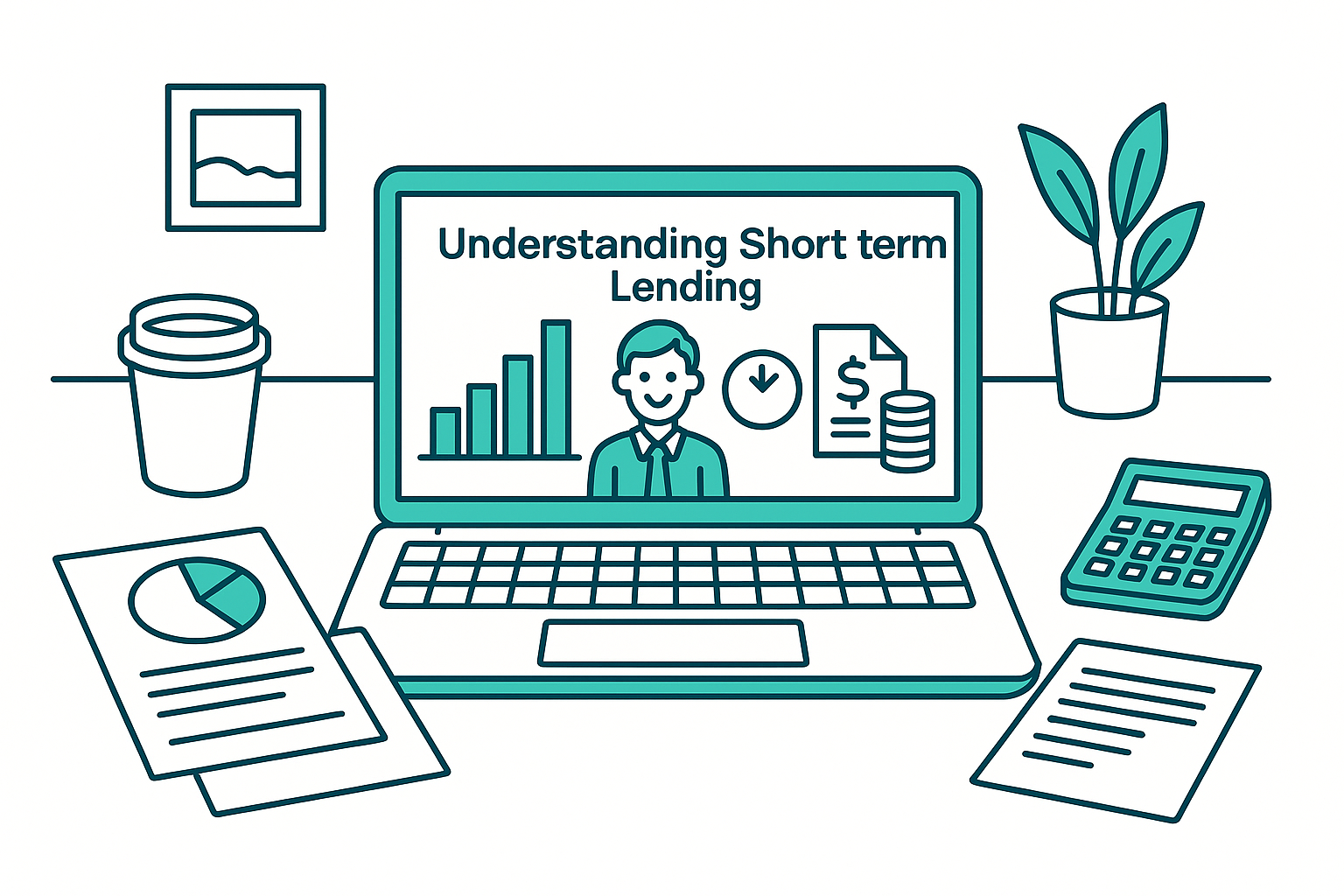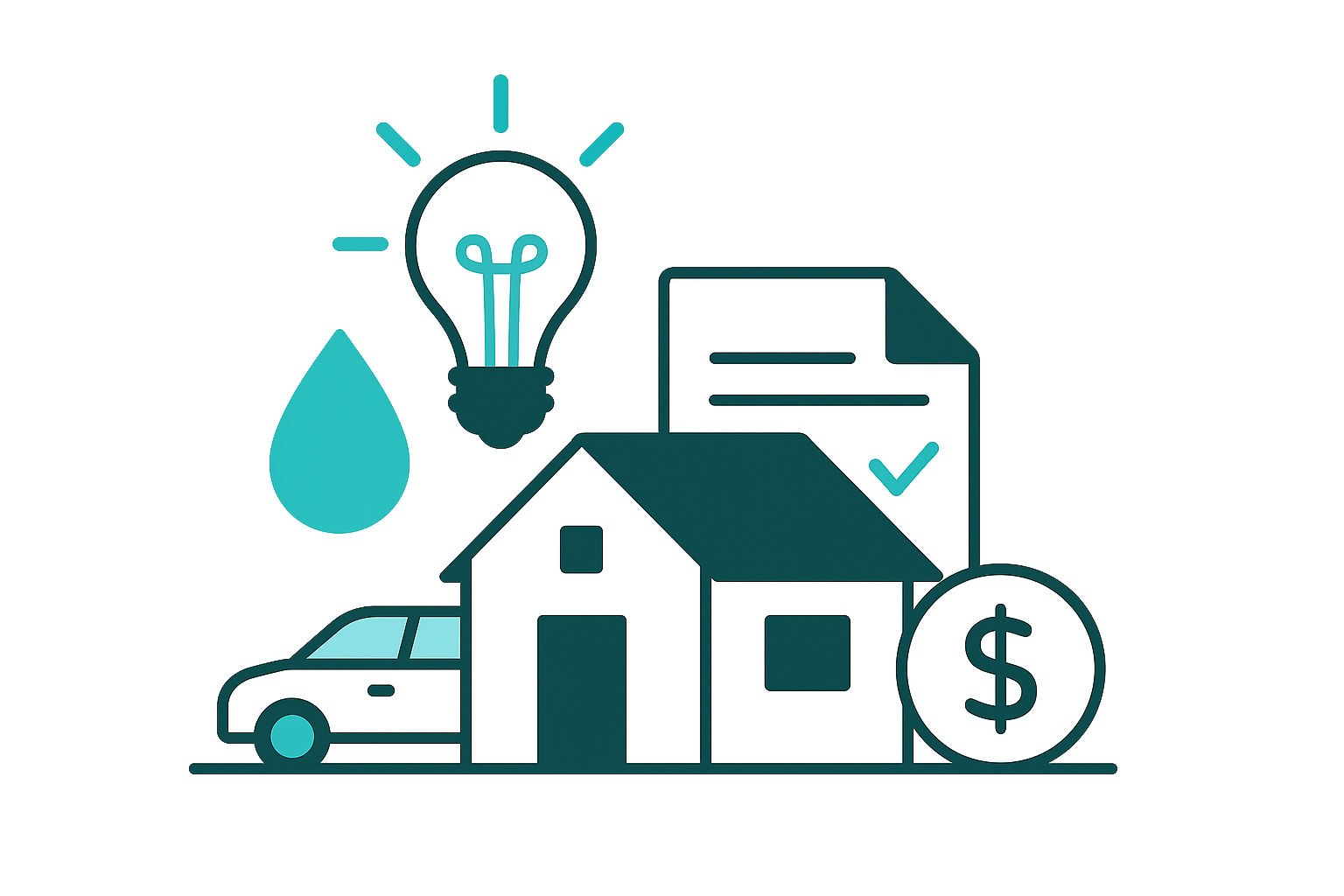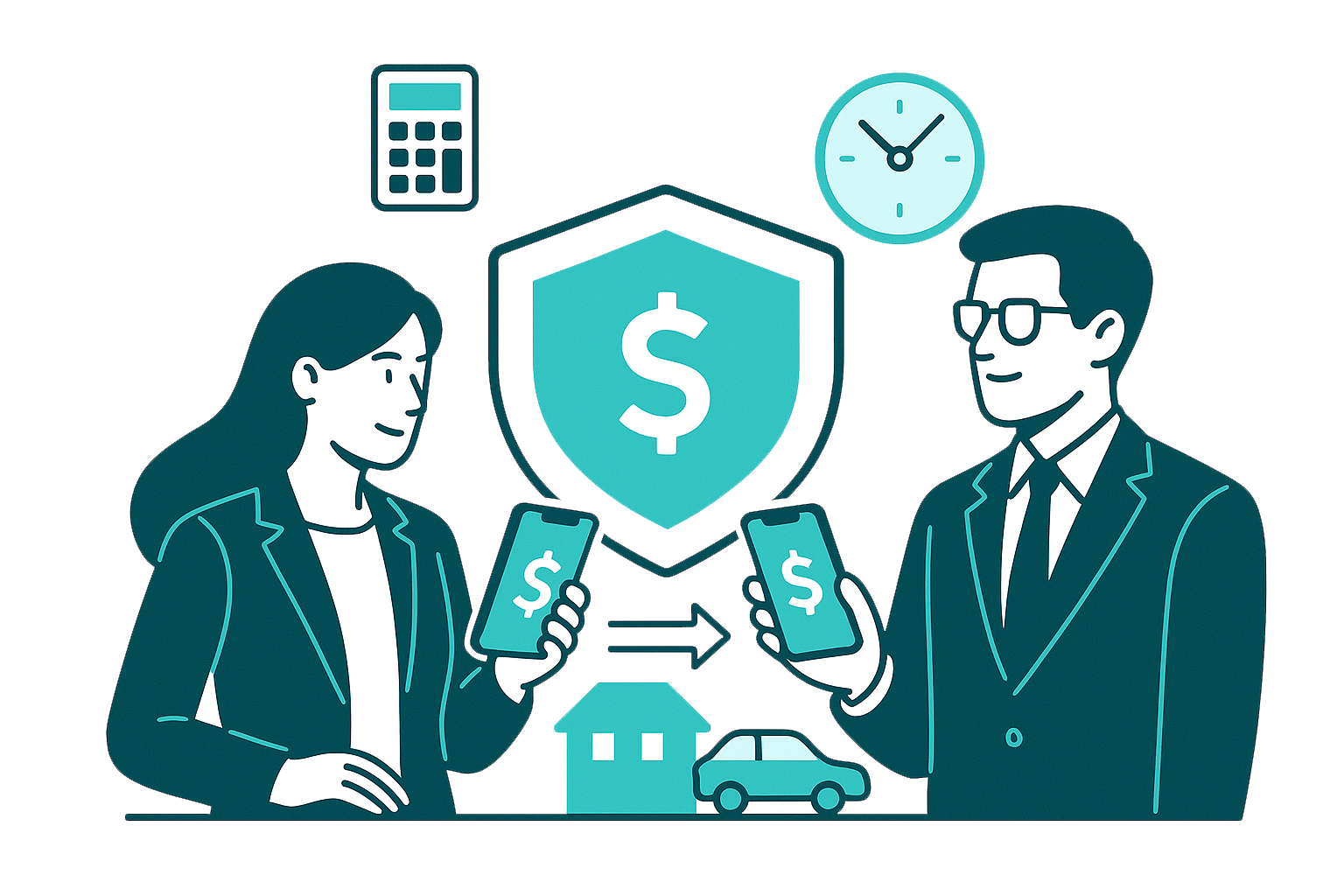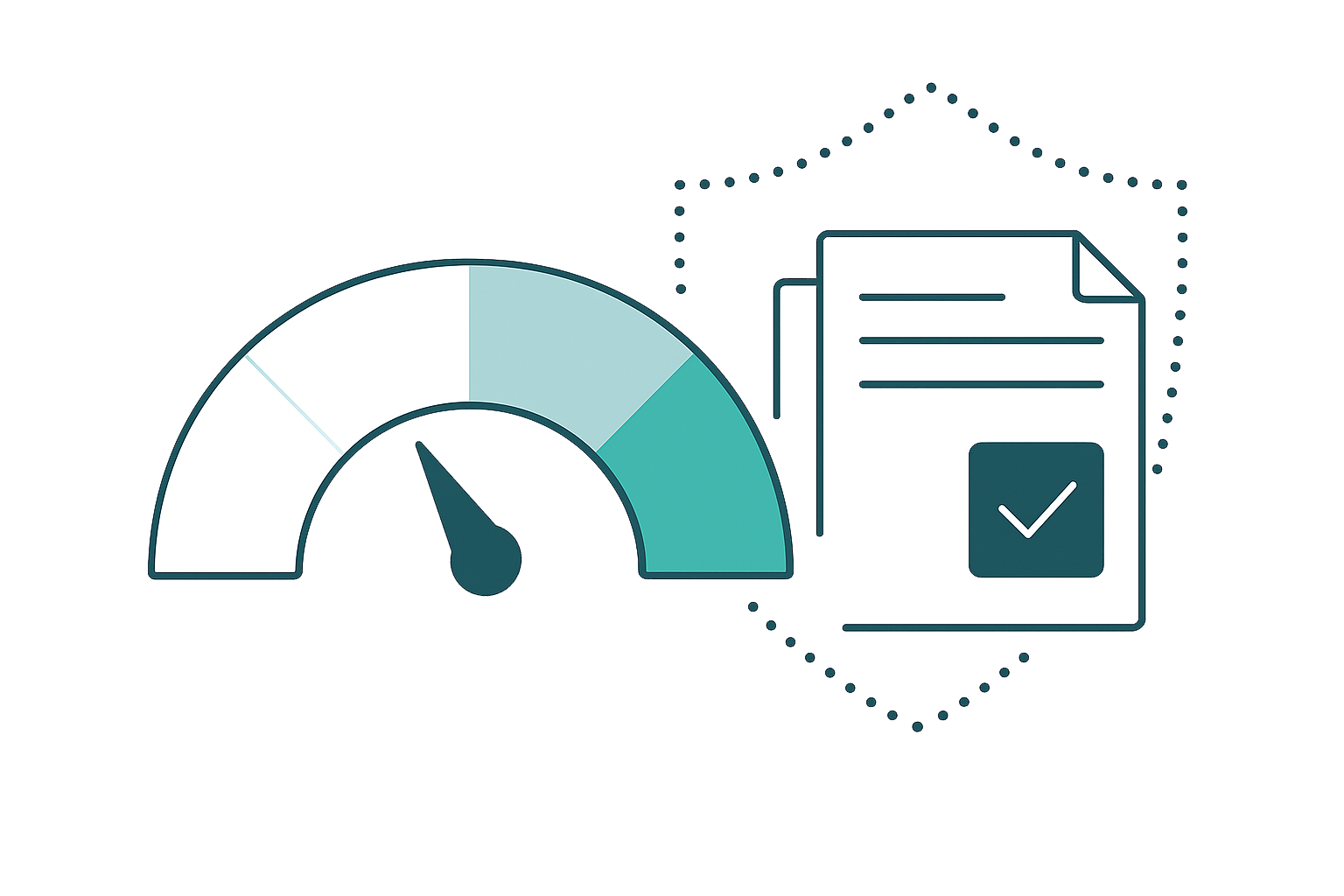Understanding Short Term Lending: A Comprehensive Guide
- Personal Finance
- 03 Mins read

What is Short Term Lending?
Short term lending refers to loans that are typically repaid within a year. They can range from a few weeks to several months. These loans provide quick financial relief for various needs like medical expenses, home repairs, or unexpected bills.
How Does Short Term Lending Work?
When you apply for a short-term loan, lenders assess your ability to repay quickly. This usually involves a simple online application. Most lenders look at your credit score and income. In some cases, they may not require a credit check.
Once approved, the funds are deposited directly into your bank account. You must repay the loan by the due date, which often includes interest and fees.
“Short term loans should be a temporary solution, not a long-term financial strategy.”
Types of Short Term Loans
-
Payday Loans: These are small, short-term loans that you repay on your next payday. While quick and easy, they often come with high-interest rates.
-
Personal Loans: Unsecured personal loans can be used for various purposes. Lenders often offer these loans for terms of 1 to 5 years.
-
Title Loans: These loans are secured by your vehicle’s title. They allow you to borrow money against your car’s value.
-
Cash Advances: If you have a credit card, you can withdraw cash up to a certain limit. However, interest rates and fees apply.
Benefits of Short Term Lending
Short term loans provide several advantages:
- Quick Access to Cash: Funds are typically available within a few days.
- Flexible Use: You can use these loans for almost any purpose.
- No Long-Term Commitment: Unlike mortgages or personal loans, short term loans are for limited periods.
Risks Involved in Short Term Lending
While short term loans can be beneficial, they also carry risks:
- High-Interest Rates: Many short term loans have steep fees and interest rates, leading to potential debt cycles.
- Repayment Pressure: With a short timeframe for repayment, you may feel pressured financially.
- Potential for Over-Borrowing: It’s easy to take out more than you can afford, leading to debt.
Are Short Term Loans Right for You?
Short term loans can be a lifeline for some, but they aren’t for everyone. Ask yourself these questions:
- Can you repay the loan quickly?
- Do you understand the terms and conditions?
- Have you considered other options, like saving or budgeting?
If you’re not sure, talk to a financial advisor or someone experienced in budgeting.
Alternatives to Short Term Lending
Before committing to a short term loan, consider these alternatives:
- Emergency Fund: Start saving small amounts regularly. Over time, this can cover unexpected expenses.
- Credit Card: If your credit card has a low interest rate, use it instead of taking out a loan.
- Borrow from Family or Friends: If you have supportive family or friends, this can be a no-cost option.
- Community Assistance Programs: Look for local programs that offer financial help in emergencies.
Understanding Interest Rates
Most short term loans have high-interest rates, often in the range of 10% to 400%. For example, if you take a $500 payday loan for two weeks at a 400% annual interest rate, you could end up paying $75 in fees!
Case Study: Jess’s Experience with a Payday Loan
Jess was facing a medical emergency. She took out a payday loan of $1,000 with a two-week repayment period and an interest rate of 350%.
- Loan Amount: $1,000
- Interest Due: $350
- Total Amount: $1,350
When Jess got her next paycheck, she struggled to make ends meet due to the repayment. This situation teaches us the importance of understanding the true cost of short-term loans.
Key Takeaways
- Read the Fine Print: Always understand the loan terms. Know the interest rate, fees, and repayment schedule before signing anything.
- Evaluate Your Options: Short-term loans should be your last resort.
- Seek Professional Guidance: Talk to a financial advisor if in doubt. They can offer valuable insights tailored to your situation.
Conclusion
Short term lending can help bridge the gap in emergencies, but it’s crucial to approach with caution. Understand the risks and benefits before taking out a loan. Consider all your options. Remember, financial well-being involves planning and preparing for the future.
By staying informed and making thoughtful decisions, you can navigate the lending landscape more confidently. Whether you’re a first-time borrower or looking to understand short term lending better, this guide equips you with the knowledge you need to make informed choices.



